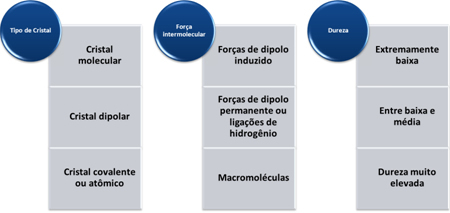Carnival is a popular festival that has several characteristics that give a special air to balls and parades, and costumes are the big difference between revelers.
From 1870 onwards,carnival anticipations were of great importance to the party, as it was the way that revelers found to give a more fun air to the carnival.
Until 1930 the costumes were simple, with adapted clothes, dyed, decorated in a naive way, because the materials that could enriching them, such as fabrics, ornaments, sneakers, headdresses, were very expensive, appearing more in school parades in samba. In clubs and street parades, blocks appeared, where a group of people dressed alike.
Some disguises became more famous, such as skull, odalisque, doctor, bat, rogue, superhero, devil, prince, jester, pierrot, colombina, starlet, clown.
Gala balls were instituted in Brazil, following the model of balls in Venice, through Clovis Bornay, where costumes were evaluated in the categories: luxury and originality.
Clóvis Bornay was a big name in these shows, reaching the “hors concours” (honor contestant), staying out of the competition due to the beauty of his creations, which always won the titles, preventing other participants from getting close to the victory.
The costumes of the samba schools serve to explain the story told in the lyrics of the samba enredo. They must be coherent with the theme and appear in harmony with the whole school. The samba school is divided into wings and each wing has a different fantasy model, which must be respected and followed by all members.
According to the judge's manual, uniformity must appear, “equality in shoes, socks, shorts, bikinis, bras, hats” etc.
The judgment of the costumes is made by analyzing the creativity, meaning and importance for the plot, the good use of colors and distribution of materials, the wealth of materials used in the production, the finishing of the clothes, the details, the props that make up the parts etc.
The most important costumes in a samba school are those of Mestre Sala and Porta Bandeira, in addition to the Frente Commission, which gives the school's first impression.
By Jussara de Barros
Graduated in Pedagogy

